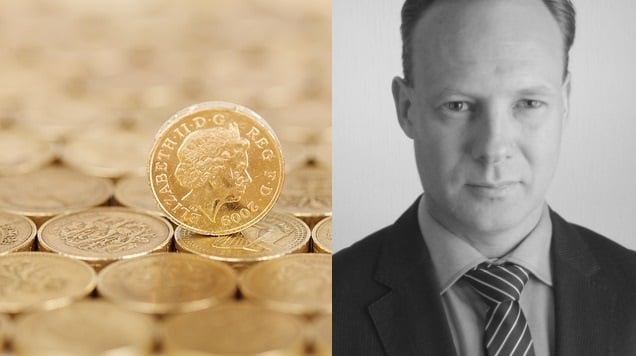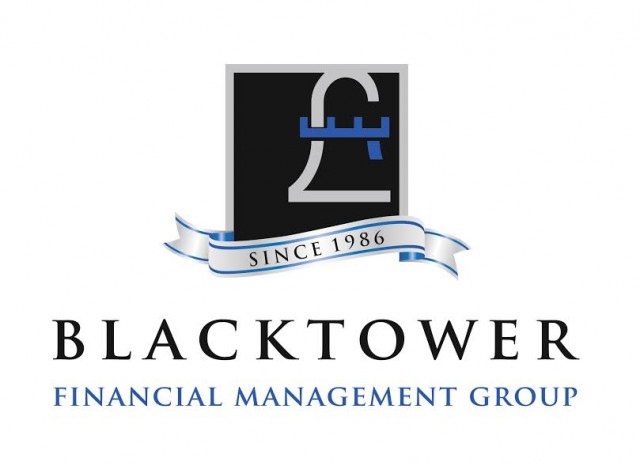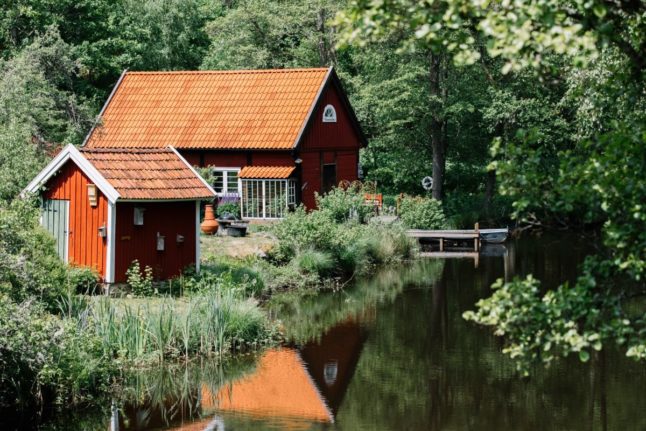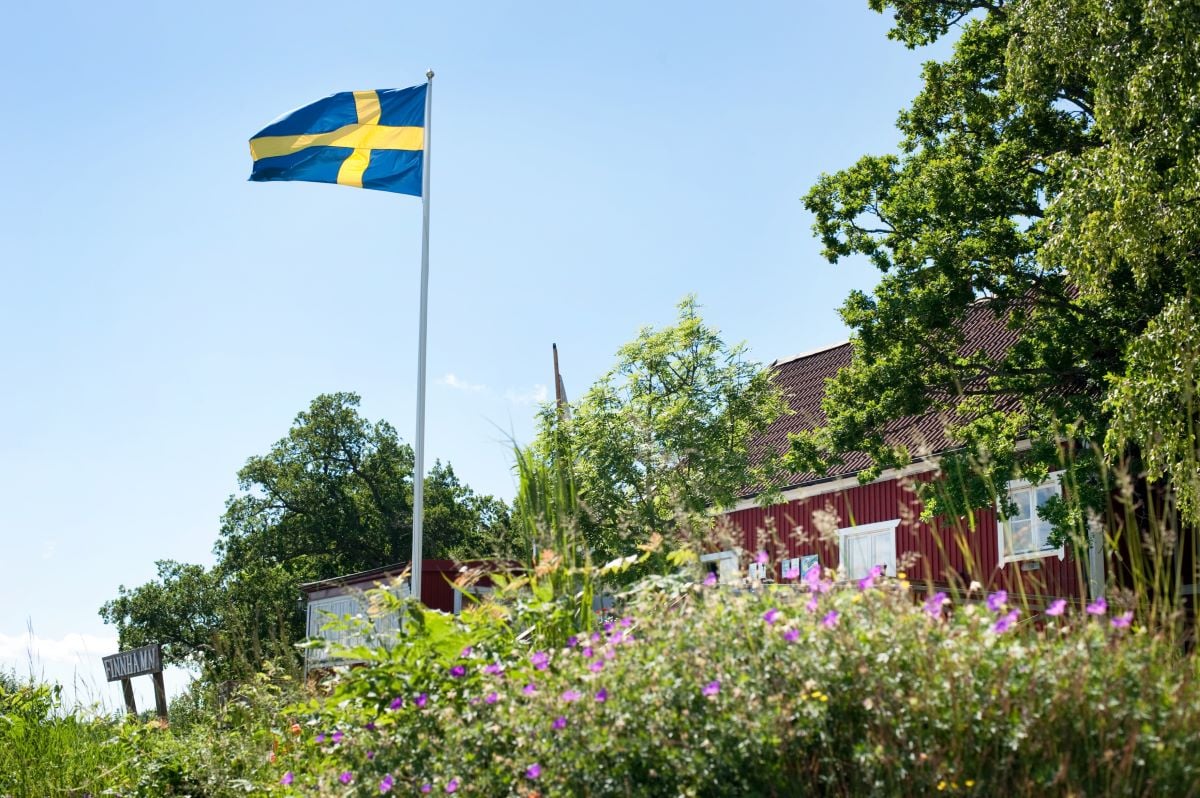Brexit has sent the number of UK citizens applying for Swedish citizenship soaring, prompting loads of questions from anyone with family or financial ties between the UK and Sweden.
While the dust has yet to settle, there are a number of issues to consider for anyone intending to stay in Sweden post “Brexit” as a UK expatriate.
Taxes
“For starters, applying for Swedish citizenship does not automatically change your tax “domicile”,” says Shaun Armstrong of Blacktower Financial Management (International) Ltd, himself an expat living in Sweden.
“You may still be liable to pay UK Inheritance Tax on your worldwide assets – possibly including the family home you own with your Swedish partner.”
Moreover, changing tax domicile is a difficult and lengthy process that needs to be completed with HM Revenues and Customs.
Pensions
Pension Planning post “Brexit” offers some unique opportunities when it comes to transferring one’s pension, such as using Qualified Recognised Overseas Pension Scheme (QROPS) to transfer your UK pension out of the UK.
“By using a QROPS you can get access to your pension at 55, convert final salary income schemes to lump sums, change currency from GBP to SEK and better secure the rights of your family upon your death,” Armstrong explains.
Of course, the UK has yet to actually leave the EU so the longer term exchange rate of the GBP with SEK is uncertain. Thus, converting GBP assets to SEK may or may not be a good idea.
To manage the currency risk, Armstrong suggests using forward contracts as a hedge against future fluctuations.
Investments
Investment portfolios and other assets in GBP will need to be carefully managed to maintain one’s wealth in Sweden in the longer term.
“Redundancy packages for UK expatriates in Sweden means serious decisions need to be made,” warns Armstrong. “The current strength of the SEK against the GBP can offer a distinct advantage for those considering a return to the UK.”
One option to help plan for and manage these issues could be the Old Mutual International Swedish Executive Portfolio.
As a Swedish “Kapitalförsäkring” product written in both English and Swedish, this Swedish Executive Portfolio is available in a range of currencies including GBP and SEK, and is tax efficient in Sweden.
It also has several unique features to help manage inheritance tax issues, and can be used for QROPS transfers and managing investment portfolios.
“Financial planning for expatriates is complicated and requires a broad knowledge base and specialised products,” says Armstrong.
For anyone interested in learning more, Blacktower Financial Management (International) Ltd is holding a series of free, no obligation seminars on these subjects above and more through its Stockholm office.
“These seminars can help you make the very serious decisions you face regarding your future in Sweden,” says Armstrong.
For more information about these seminars please contact:
Shaun Armstrong
Regional Manager Sweden
Email: [email protected]
Tel: 073 545 9818
Address: Stureplan 4C, Level 4 Stockholm
Website: www.blacktowerfm.com
*The above information was correct at the time of preparation and does not constitute investment advice. You should seek advice from a professional adviser before embarking on any financial planning activity.
Blacktower Financial Management (International) Limited is licensed by the Gibraltar Financial Services Commission. Licence Number 00805B.
This article was produced by The Local Client Studio and sponsored by Blacktower Financial.






 Please whitelist us to continue reading.
Please whitelist us to continue reading.